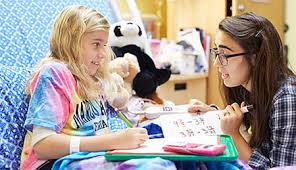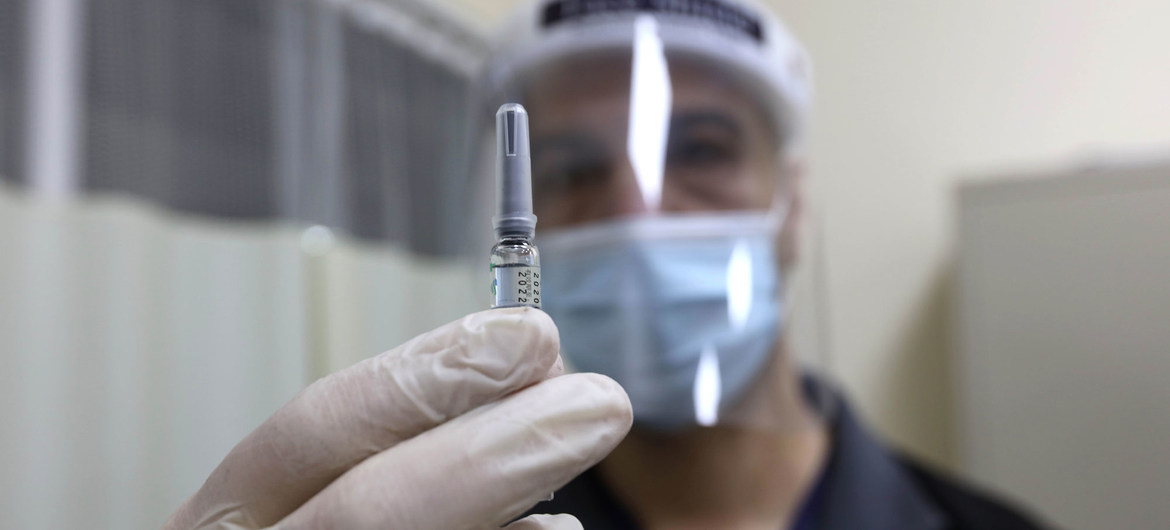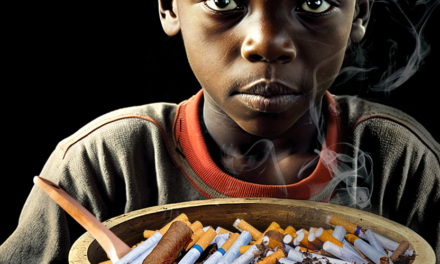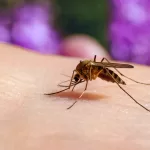A groundbreaking study has shed light on the significant educational disruptions faced by children with special health care needs (CSHCN) due to extended hospitalizations. The research, published online in Disability and Rehabilitation on July 1, 2024, by a multidisciplinary team from Kessler Foundation and Children’s Specialized Hospital, identifies critical areas needing attention to ensure smoother school re-entries for CSHCN and the necessary educational support post-hospitalization.
The study, titled “Experiences of patients, parents, and healthcare professionals in the process of transitioning from hospital to community after inpatient pediatric rehabilitation among children with special health care needs” (https://doi.org/10.1080/09638288.2024.2362951), involves insights from parents, former patients, and rehabilitation professionals. It emphasizes the need for better coordination and communication to facilitate seamless transitions back to school for CSHCN.
Key Findings and Recommendations
The authors of the study, including Dr. Yu-Lun Chen, PhD, OTR/L; Stephanie Jimenez; Alexa Bartalotta; John O’Neill, PhD; Amanda L. Botticello, PhD, MPH from Kessler Foundation, and Claire M. Marchetta, MPH from Children’s Specialized Hospital, conducted semi-structured focus groups with parents (n=12), former patients (n=20), and rehabilitation professionals (n=8). Through a detailed analysis of recurring themes, they identified three essential points to help achieve the best outcomes for CSHCN returning to school.
- Inpatient Educational Support: Inpatient educational support, such as instruction and schoolwork, helped reduce learning loss during hospitalization. However, these supports were sometimes complicated by lags in school approvals and challenges in coordination between systems.
Dr. Yu-Lun Chen, the study’s lead author and Research Scientist at the Center for Outcomes and Assessment Research at Kessler Foundation, emphasized, “Inpatient educational support is crucial to mitigate learning loss, but delays and coordination issues can hinder its effectiveness.”
- Transition Planning: Establishing necessary services to support CSHCN’s educational and healthcare needs at school re-entry was a key aspect of transition planning. Families, however, reported that limited information and guidance were significant barriers.
“Providing clear and accessible information to families about transition processes is particularly crucial for those dealing with newly acquired health conditions,” said Dr. Chen. “Unfortunately, the lack of comprehensive information and guidance remains a major obstacle.”
- Continued Support Post-Discharge: The study highlighted the importance of continued support after discharge, with recommendations for reassessment and adjustment of transition plans to account for evolving developmental and educational needs. Participants noted that these supports were sometimes hindered by delays in school approvals and coordination challenges between healthcare and educational systems.
Dr. Chen concluded, “Effective communication between clinicians and educators, comprehensive information for families, and long-term follow-up on the changing educational needs of CSHCN post-rehabilitation are urgently needed to improve the transition process.”
Conclusion
The study underscores the urgent need to improve the transition process for CSHCN from hospital to school. Enhancing communication between clinicians and educators, providing comprehensive information to families, and ensuring long-term follow-up are critical steps to ensure that CSHCN receive the necessary support for their educational and developmental needs.
Source: Kessler Foundation
Journal Reference: Chen, Y.-L., et al. (2024). Experiences of patients, parents, and healthcare professionals in the process of transitioning from hospital to community after inpatient pediatric rehabilitation among children with special health care needs. Disability and Rehabilitation. doi:10.1080/09638288.2024.2362951.












